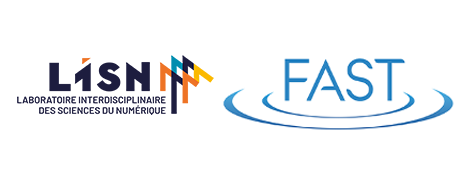
Bacterial spreading through motility and growth plays a central role in agriculture, biotechnology, the environment, and medicine. These processes are typically studied in the lab in liquid cultures or on flat surfaces; however, many bacterial habitats—e.g., soils, sediments, and biological gels/tissues—are more complex and crowded 3D spaces. In this talk, I will describe my group's work using tools and approaches from soft materials physics, imaging, and biophysical modeling to unravel how life in a complex 3D space influences how bacteria spread. We have developed the ability to (i) directly visualize bacteria from the scale of a single cell to that of an entire population, and (ii) 3D-print precisely structured multi-cellular communities, in crowded 3D porous media more akin to their natural habitats. Our experiments using this platform have revealed previously unknown ways in which living in a complex 3D space fundamentally alters how bacteria move and grow, both at the single cell and population scales. Guided by these findings, we have developed theoretical models to more accurately predict the spreading of bacterial populations, and other forms of "active matter", in complex environments. Taken together, these findings help to reveal new principles to predict and control the organization of bacteria, and active matter in general, in complex and crowded environments. They could also potentially help provide quantitative guidelines for the control of these dynamics in processes ranging from bioremediation and agriculture to drug delivery.
Accès Salle des séminaires FAST-LPTMS (Bât. 530, salle C.120, 1er)